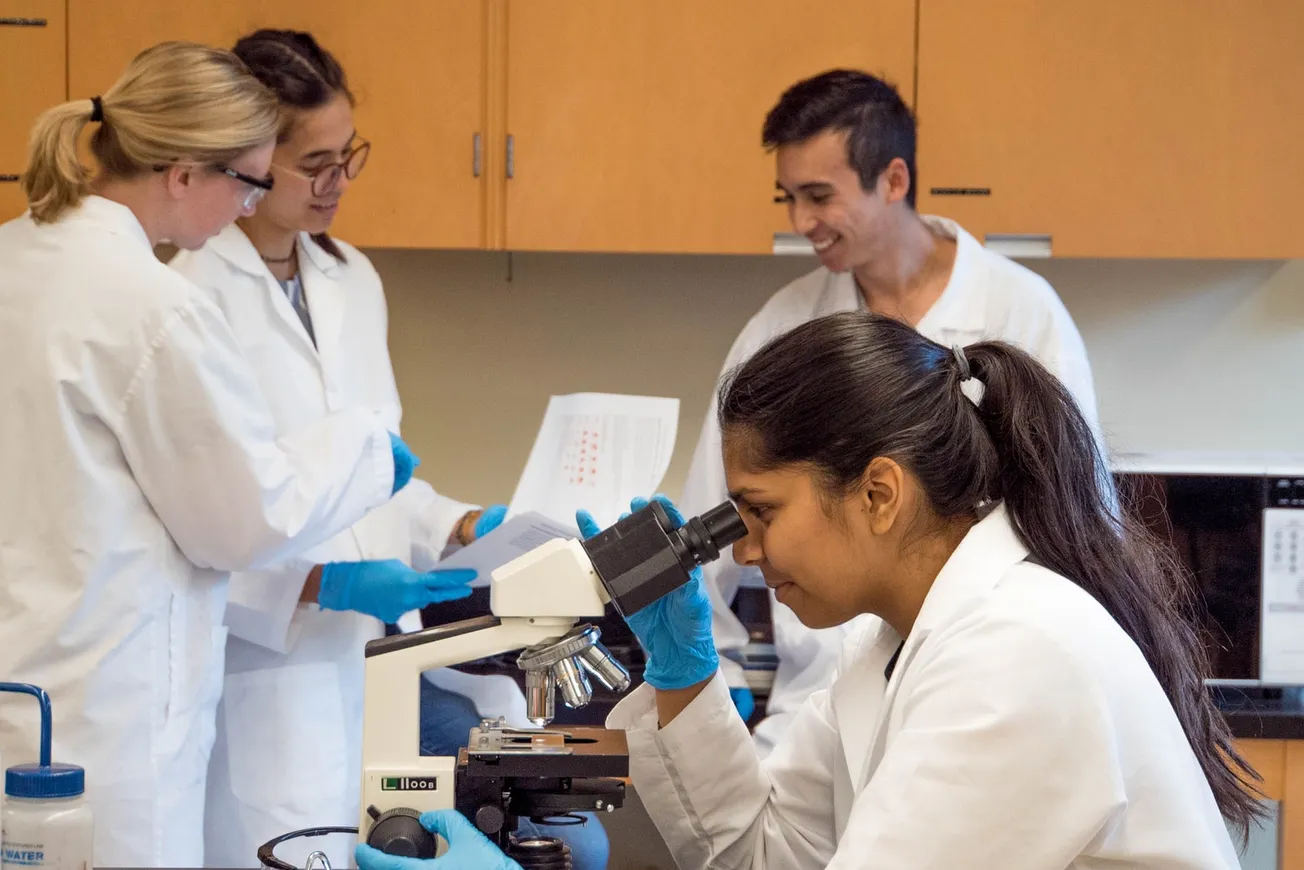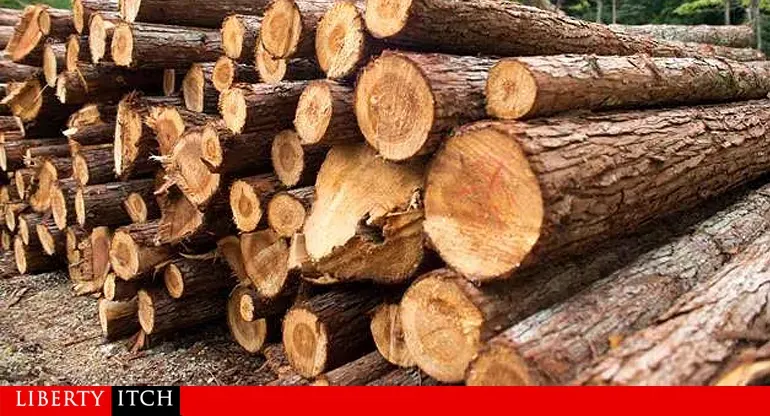Table of Contents
Sally Q Davies
Sally has a background in writing for performance. When not at her desk, her hobbies include knitting, gardening, and going to the cinema.
A Sunday roast, prawns on the barbie, a Bunnings sausage sizzle. All Aussie staples, and for many of us, it’s difficult to imagine a life without meat.
However, more and more Australians are moving away from eating meat. A study from Latrobe University found that 32 per cent of Australians reduced their meat consumption last year, with reasons including the rising cost of living and concerns about animal welfare.
For those who want to reduce their carbon footprint without limiting their meat intake, a solution, in the form of lab-grown meat, might be coming to Australian markets soon.
GROW ME A STEAK
Cultivated meat, also known as cultured, cell-based or lab-grown meat, refers to meat that is, well, cultivated in a lab using cells. As opposed to the current options of plant-based meat available, cultivated meat is made of authentic animal muscle.
This process involves acquiring stem cells from an animal and placing them in a vessel with nutrients and vitamins designed to imitate the growth of a real animal. Once the cells have developed into muscle tissue large enough for consumption, they are packaged and sold.
Good Food Institute, a research organisation for meat alternatives, puts the total time for meat growth at two to eight weeks. Compared to the several years it takes for cattle to reach the prime slaughter age, cultivated meat is highly time efficient.
SAFE TO MEAT
While Australian-owned companies like Magic Valley are in the business of researching and developing cultivated meat, you won’t be able to find it on the shelves at your local shops yet.
So far, only the USA and Singapore have approved cultivated products to be sold commercially.

Australian Food Standards has established that it would assess any applications made based on the same factors as any new product entering the market such as correct labelling and food safety requirements.
Studies show that cultivated meat is actually safer to consume and more hygienic than that currently available due to the meat being grown in hygienic lab conditions that allow a level of control over contamination that is not available in an agricultural environment. Instead, the main barrier to entering the market is the high cost of production.
BUT WILL IT CELL?
Including operating costs, the current production of 1 kilogram of cultivated meat is estimated to cost US$63 (AU$95). A kilo of Woolworths branded mince costs $11. There is currently no way for companies to put cultivated meat on the market that turns a profit and is competitive with farmed meat.
This doesn’t mean we’ll never have cultivated meat available to buy. When a cultivated burger was first presented to the public in 2013, it cost US$330,000 to produce (AU$670,000, adjusted for inflation). Companies are working on solutions to make the process more affordable, including driving technological advancements in cell growth.
This is an expected part of any new technology creation. While cultivated meat isn’t likely to be available to Australians in the immediate future, buyers are still looking for alternatives. The Australian Bureau of Statistics reports that demand for meat and dairy alternatives has grown 30 per cent in the last five years.
Until cultivated meat is profitable for those producing it, buyers concerned about animal welfare will have to stick to our soy sausages and Beyond Burgers.
This article was originally published on Particle.









